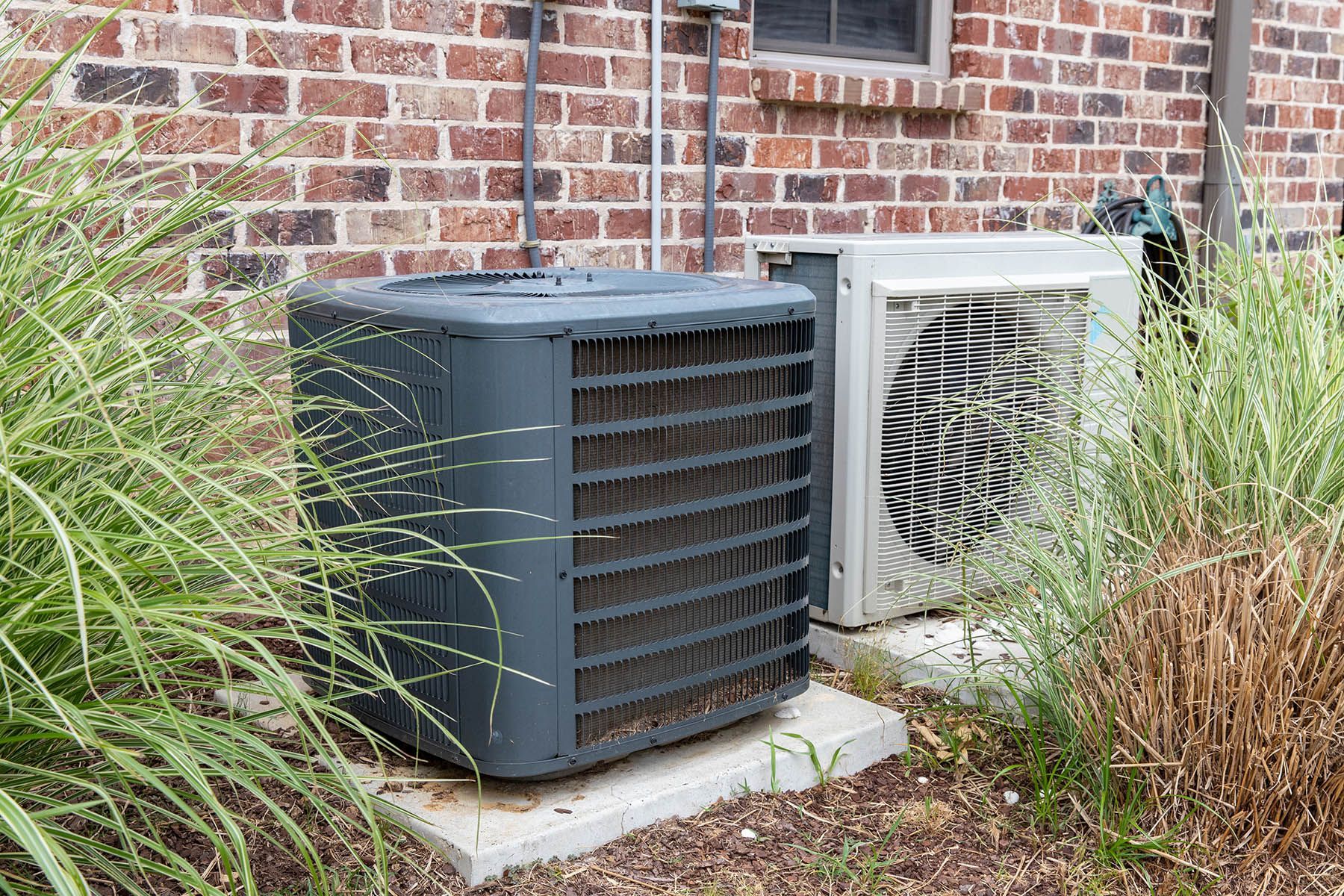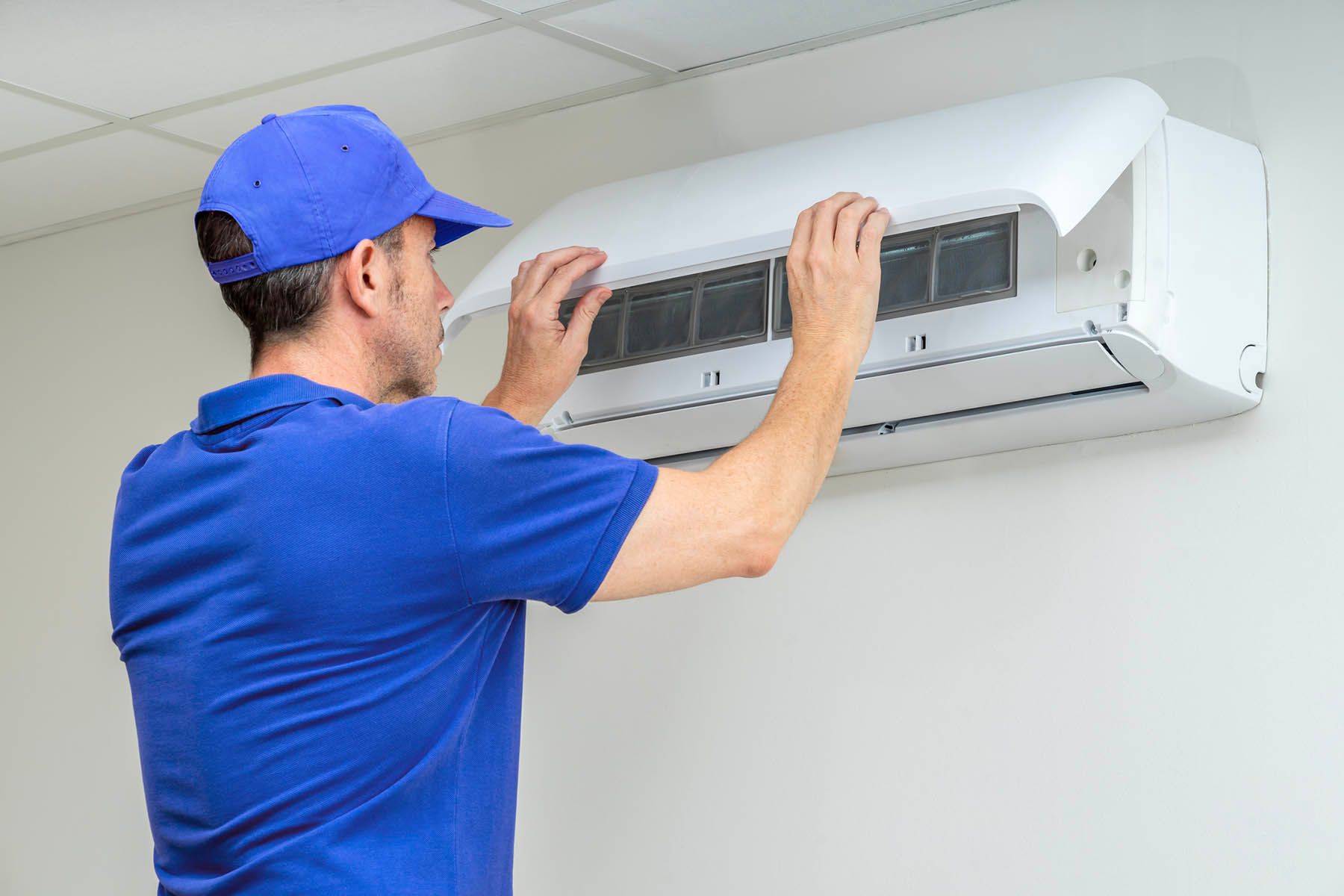Blog
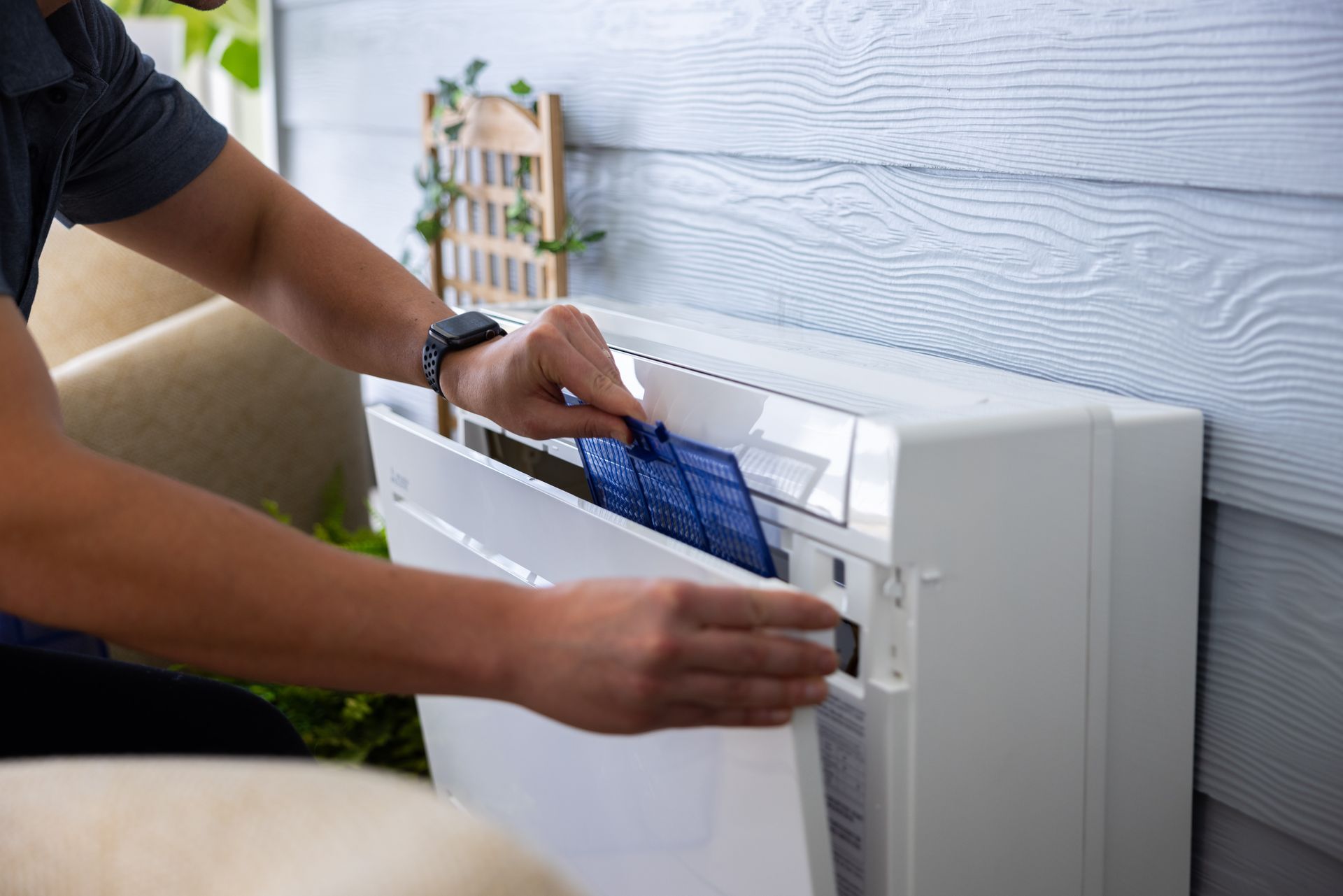
April 9, 2025
In this article, we’ll discuss what heat pump & mini-split systems are, how to choose the best installer, and tips for ensuring your installation goes smoothly. What Are Heat Pump / Mini-Split Systems? A Heat Pump is: Heat pumps run on electricity and refrigerant much like a traditional HVAC cooling system, but the process is reversed thereby creating heat in addition to cool. These systems routinely heat 3X more efficiently than traditional oil systems and are ⅔ more efficient than a window AC—creating a return on investment in all seasons. A Mini-Split system is a ductless type of heat pump—a ductless heating and cooling system powered by electricity. The system is designed to provide an efficient and environmentally friendly way to regulate temperature in specific areas of a building. Unlike traditional HVAC systems, mini-splits don’t require ductwork, making them an ideal solution for: Homes without existing ducts Those looking to add heating or cooling to individual rooms Additionally, mini-splits release upwards of 3.6x fewer GreenHouse Gasses than traditional HVAC Systems, making them the environmentally conscious choice. These systems consist of two main components: Outdoor Unit (Compressor) Indoor Units (Air Handlers or Mini Splits) The indoor units are mounted on the wall or ceiling and are connected to the outdoor unit using small refrigerant and power lines. Key Benefits: Energy Efficiency Individual Room Temperature Control Discreet Design: Some indoor models double as picture frames Neutral Color Options to blend into surroundings Incentives: Massachusetts offers up to $10,000 in direct rebates Federal Government provides up to $2,000 in Inflation Reduction Act credits Why You Need a Professional Mini-Split Installer Choosing the right installer for your heat pump heating and cooling system is the most important decision you'll make on your mini split or ducted heat pump installation project. Benefits of Professional Installation: Correct Sizing: A proper installer ensures the system is the right size. Undersized = poor performance. Oversized = inefficiency and higher costs. Proper Placement: Technicians know the optimal indoor/outdoor unit locations for performance, airflow, and minimal noise. Compliance with Codes: Professionals ensure your system meets local building codes and safety standards. Warranty Protection: Many manufacturers require professional installation for warranties (often 10–12 years). Troubleshooting and Setup: Expert installers calibrate your system, resolve issues, and show you how to maintain and use it efficiently. How to Pick the Best Mini Split Installer Selecting a reliable, experienced, and certified installer is key to ensuring a successful installation. 1. Experience and Reputation Experience is the single most vital factor. Look for: A proven track record Familiarity with mini-split systems Knowledge of seasonal settings and energy savings Check: Online reviews References Better Business Bureau (BBB) Ask friends or family—and look for referral discounts 2. Review Quotes Quotes should include: Labor Equipment Materials Time estimate A reputable installer provides clear pricing with no hidden fees. Be cautious of quotes that are too low. 3. Consider the System’s Warranty and Any Maintenance Good installers offer: Ongoing support Workmanship warranties Manufacturer coverage Optional 100% satisfaction guarantees Red Flags to Watch Out For 1. Unlicensed or Uninsured Installers This could lead to: Poor quality work Fines or removal of equipment Always check for: EPA Clean Air Section 608 HVAC Certification Proper permits from local planning/building departments 2. No References or Reviews Lack of experience can equal poor results. 3. Lack of Transparency / Pushy Sales Tactics Avoid installers who: Are vague about pricing Can’t explain the process Pressure you into quick decisions Final Thoughts A mini-split system is an excellent investment in home comfort, but choosing the right installer is key to a smooth, successful installation. By selecting a licensed, experienced, and reputable installer, you’ll ensure your system is properly installed and performs well for years to come—providing both comfort and energy savings. Take your time, ask questions, and choose a professional who can guide you through the process and provide ongoing support.
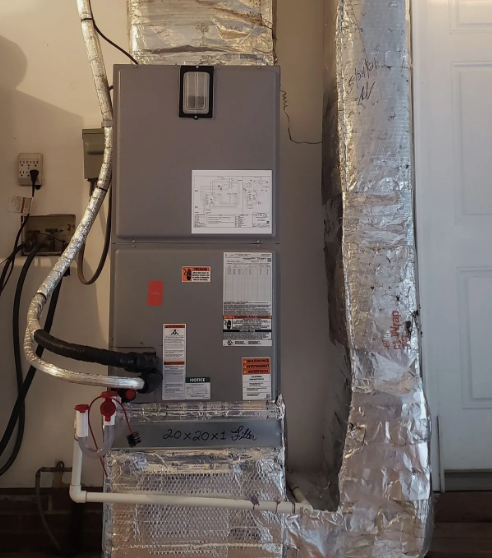
By Renee Fitzgerald
•
April 6, 2022
Mass Save Whole Home Heat Pump Rebates Up to $10,000 Massachusetts program Mass Save is offering homeowners up to a $10,000 residential rebate by installing electric heat pumps (minisplits). The program is offered through the Mass Save residential Heating and Cooling Program and is through Eversource, National Grid, Liberty Utilities, Cape Cod Light and Berkshire Gas. The equipment must be installed in the home by a licensed contractor in 2022. The install can include replacing existing heating systems, or by covering the home with 1-4 units. Home Energy Assessments must be complete prior to heat pump installation for Whole-Home Heat Pump Verification From must be completed, Signed and submitted. Visit MassSave.com to see specific terms and conditions. It’s time to replace that aging furnace, inefficient HVAC equipment or simply add a primary source of heating and cooling to your home that is 3-4 times more efficient. Heat Pumps provide both heating and cooling to your home and are more efficient than an old fuel burning furnace. Now you can provide heating and cooling to your home with more efficient equipment, saving you money, and making the environment and your home safer by eliminating fuel emissions which means cleaner air for both the environment and the inside of your home. Turning to heat pumps means you will have more control over the temperatures of the different parts of your home and you will have greater flexibility to provide heating and cooling to those areas of your home that were previously had problems with under heating or under cooling. So rather than making the entire home one temperature, you have the flexibility to individually control the temperature of each living space to the perfect temperature. The heat pump compressors are variable-speed and reduce energy consumption compared to conventional systems by up to 40% Heat pumps run on electricity so they do not burn fossil fuels which is far better for the environment and most Heat Pumps have an Energy Star rating. A Seasonal Energy Efficiency Rating SEER and other scientific evidence to prove that heat pumps are the energy source of the future for residential and commercial environments. Call for your free in-home heat pump estimate today!
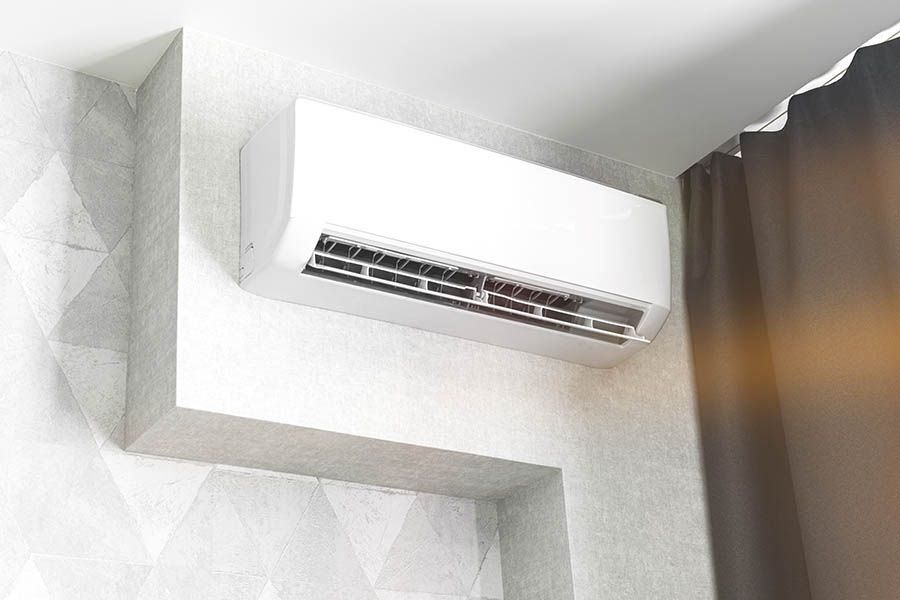
By Renee Fitzgerald
•
March 5, 2022
A heat pump is able to transfer thermal energy from inside to outside and also from outside to inside. A heat pump works as an air conditioner by transferring heat from inside to outside. Heat pumps can also be used for heating. When heat pumps are used to heat a building the energy or heat is transferred from outside to inside. Mini Splits are commonly ductless and for this and other various reasons they are highly efficient and rely on electricity to provide heating and cooling thereby reducing the demand on fossil fuels. Typically it has been measured that 1kWh of electricity can transfer 3-6 kWh of thermal energy into a building, this is amazing and highly efficient as opposed to an oil boiler or a window AC unit both of which minisplits are 3-4 times more efficient over. Heat pumps are filled with refrigerant, this gas/liquid is highly controlled by the EPA and you must be licensed by the EPA to purchase and handle the current models on the market. Most of todays heat pumps are currently working with 410-a refrigerant. The heat pumps produce heat by taking the liquid outside and compressing it, making it hot. This hot liquid is transferred inside through a series of copper tubing that must connect the indoor and outdoor units. This hot liquid passes though a coil and is blown with or without ductwork. To cool your home, the heat pump works in the opposite, by compressing the indoor hot liquid and sending it outside to be cooled by the large coil and fan at the outdoor compressor. It is possible that heat pumps could be used in the future to replace most oil and gas fired heating equipment to create a lower carbon footprint. Air sourced heat pump minisplits are relatively inexpensive to install and historically have been the most widely used type of heat pump, modern heat pumps with a low temperature designation are able to provide heat inside your home even when the outdoor temperatures reach down to -15 degrees. In traditional air sourced heat pump systems, the system has a vapor compression device, a compressor and the system includes a reversing valve so that the direction of thermal energy, heat, or cooling, can be reversed. The energy efficiency of a heat pump is measured in SEER – Seasonal Energy Efficiency Rating a heat pump must meet a SEER rating of 14.5 to qualify for an Energy Star rating.
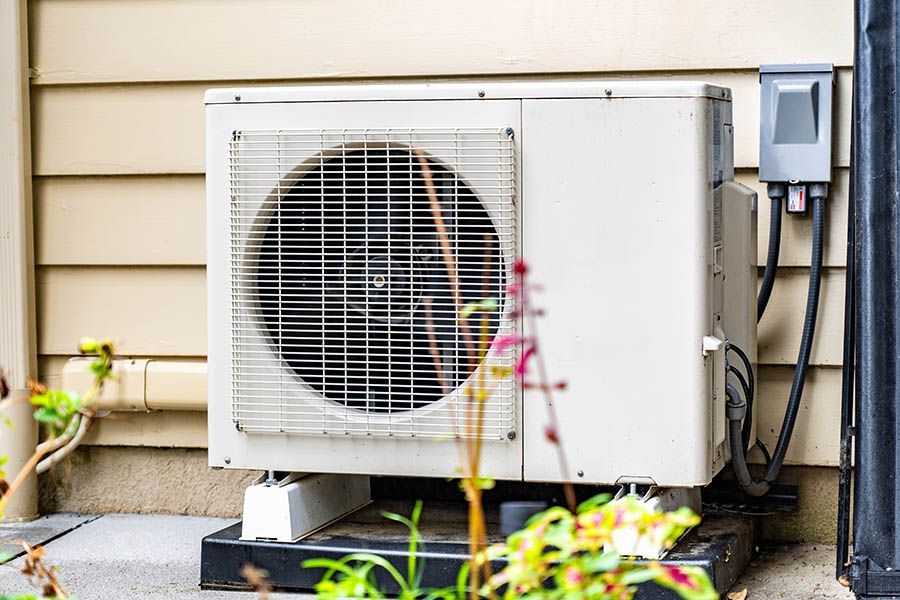
By Renee Fitzgerald
•
March 5, 2022
If you’re faced with a Minisplit that is flashing an error code at you and you’re unsure how to determine what the code is or what to do here’s how to tell if it’s actually normal flashing. Right now with the cold winter temperatures and the freezing rain and snow and sleet and driving winds that we have been receiving here in our area it’s been putting a tremendous amount of stress on the heat pumps as they try to produce heat for your home because the outdoor condensing unit is located outside and in some cases is not protected from these types of elements. Above is a good example of an install that is protected from the home yet is still far enough away from the house to allow for proper airflow behind the machine which is wheddsd If you have only one single flashing light at you and it is steady and constant this might be a defrost mode. Defrost mode occurs as part of normal operation when the coil outside gets too cold the outdoor condensing unit stops and send a signal inside to have the fan slow down sometimes the fins will close up and the light will start the flash to indicate the unit is in defrost mode outside this might be in the state for 6-8 minutes. During the 24 hour period you may not notice but the unit could do this maybe four times a day or more.
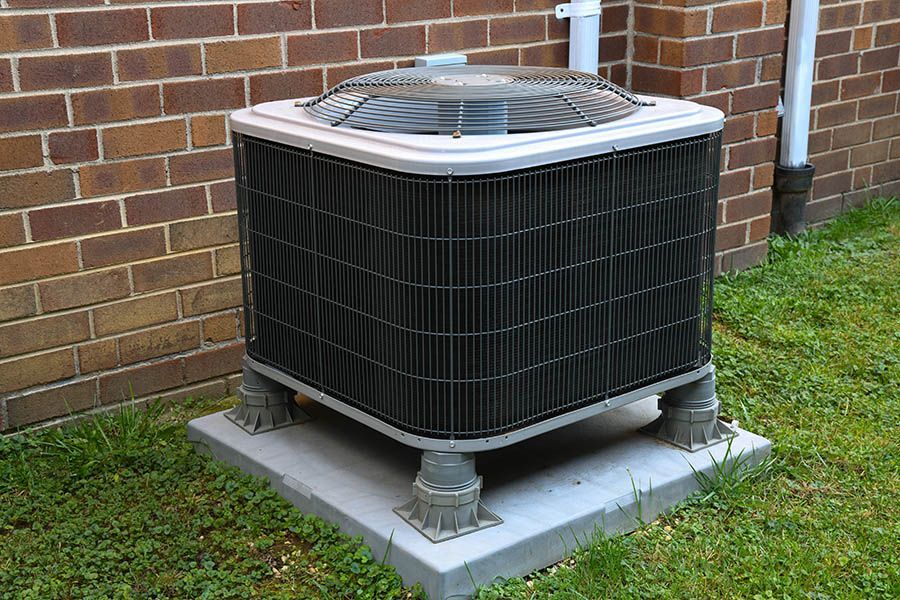
By Renee Fitzgerald
•
February 27, 2022
Over the years I have been asked many, many times by homeowners if they should try installing a heat pump themselves. The answer has always been and always will be a NO. There are many reasons behind why you should seriously consider hiring a licensed professional to install your whole home ducted heat pump or a ductless mini split. First and foremost, most manufacturers will claim that you don’t need special tools to install their equipment in most cases this is false the most common tool needed is the flare tool. This tool will allow you to make the connections necessary on the copper lines that hold the refrigerant. These lines need to be connected between the indoor unit and the outdoor condensing unit and they typically run inside slim duct, which is plastic raceway used to hide the electrical and refrigerant piping and wires. Most homeowners do not have the capability, knowledge or skills required to make this connection without causing a problem with the flare that will eventually lead to the refrigerant leaking out which will cause the unit to fail. Another reason to hire a professional is the warranty, usually these do-it-yourself brands do not come with a warranty so when you are finished installing your mini split, turn it on, and it doesn’t work properly or not at all, who can you turn to? Most companies offer an installation warranty which will guarantee their work for a specific period of time. Most contractors can offer extended periods of manufacturer warranty for an extra cost or due to their status with the manufacturer. By hiring a licensed, certified contractor you are putting the burden of a proper install and efficiently running heat pump in the hands of a professional who does this kind of work to make a living, probably a smarter bet. If you are like me and an individual who places a tremendous amount of attention to your carbon foot-print and the eco-impact your existence makes on the world. Consider this. One single CFC molecule, the chemical makeup of most refrigerants inside the heat pump systems, can destroy up to one hundred thousand ozone molecules. So for every splash, ounce, squirt or oops with refrigerant is extremely costly to the environment. So again, leave the handling of materials that destroy the ozone to professionals that are licensed by the EPA to handle such chemicals. (Most HVAC technicians carry this valuable certification.) If we haven’t made enough points on why you should consider hiring a licensed professional to install your minisplit, let us explain a few more key points and one that is extremely important. Craftsmanship… It seems these days its rare to find that “old guy” that has been in his trade for 30-40 years and is a true professional, having dealt with every aspect of things that can go right and wrong with an install. At Metrowest MiniSplits we have over 50 years of combined field installation experience with heating and cooling equipment and we are licensed professionals ready to help you with your project and ensure it goes according to your plan. We have seen the mistakes, we have made them, we have corrected every conceivable problem that a heat pump or heating system could have, and we are here to help you serving Southborough, MA and the surrounding Metro West communities.

February 26, 2022
Today the most efficient way to bring personalized comfort to your home is ductless and ducted heat pumps typically called mini splits which are becoming increasingly popular across the USA because of the sheer number of benefits. With benefits also come drawbacks, some of which are error codes, or operation modes that can be confusing to operate or how sometimes normal operation of mini split units can be confused as abnormal if you are unaware of the type of heating and cooling these units provide. Mini Splits can take some getting used to, here are some of the common problems we see customers run into that can be corrected sometimes by the homeowner and sometimes by a call to a licensed professional like MetroWest MiniSplits to ensure your heat pumps are operating correctly and efficiently. ELECTRICITY - Heat Pump units are powered by electricity and like any electronic device it is prone to occasional electrical related problems. Easy solutions such as a tripped breaker at the panel, or at your home’s main fuse which might protect the expensive electronic components in your home such as your TV, refrdigerator and other electronic items including your mini splits. ERROR CODES - Other problems other than electrical issues might include blinking lights. Sometimes blinking lights can be a normal part of operation such as in the defrost mode. Other times it is helpful to reference your owner’s manual, certain error codes can be reset by resetting the condensing unit. Other will need the assistance of a trained technician. A typical error code for a Fujitsu mini split would be something like a 10-1 which might indicate a series of problems but the most common seems to be low refrigerant, which usually is an easy fix. NO COOLING – Keep in mind that mini splits can be used for both heating and cooling. The typical problem with a customer calling with no cooling turns out that the unit is either in the wrong mode, or it is not in sync with the remote, other times it might be in mis-matched mode with the condensing unit. Some condensing units with multiple indoor mini splits attached need to have all the attached units be in the same mode, either in heating or cooling but not both at the same time. To ensure your unit is in-sync with the remote in your hand, ensure you are pointing the remote directly at the indoor unit, and listen for an audible indication and on most units a visual indication with the light blinking to let you know the unit has taken the command you have just entered on the remote. NO HEATING – Minisplits work for heating as well as cooling and some customers are taking advantage of the new rebates and covering their whole home with heat pumps which are more efficient than fossil fuels. Heating mode might not be working correctly if your unit is flashing an error, the outdoor condensing unit might need to be reset. Possibly your indoor unit and the remote control have become out of sync, to re-sync your remote raise the heat all the way to the max, typically 88 degrees, listen carefully for the audible tone that enables you to determine the unit has taken your command. When your heat pump is not producing heat, and it’s the winter time, this might be your only source of heating available in your home, if this is the case, please call us as we provide service on heat pump mini splits even if we did not install the unit.

